As smartphone makers push out glass sandwich after glass sandwich of similar size, things can feel a little uninspiring when compared to the innovation of the early-to-mid 2010s.
Indeed, consumers are voting with their wallets, and manufacturers find it increasingly tough to eke that sale. Smartphone replacement cycles are lengthening, and makers are competing through deliberate feature segmentation at different price brackets.
As proof that innovation is not keeping up with the product launch cycles that makers (and their marketing teams and shareholders) are envisioning, we are lowering prices and picking among features between releases instead of introducing all-new ones.
How did we get here?
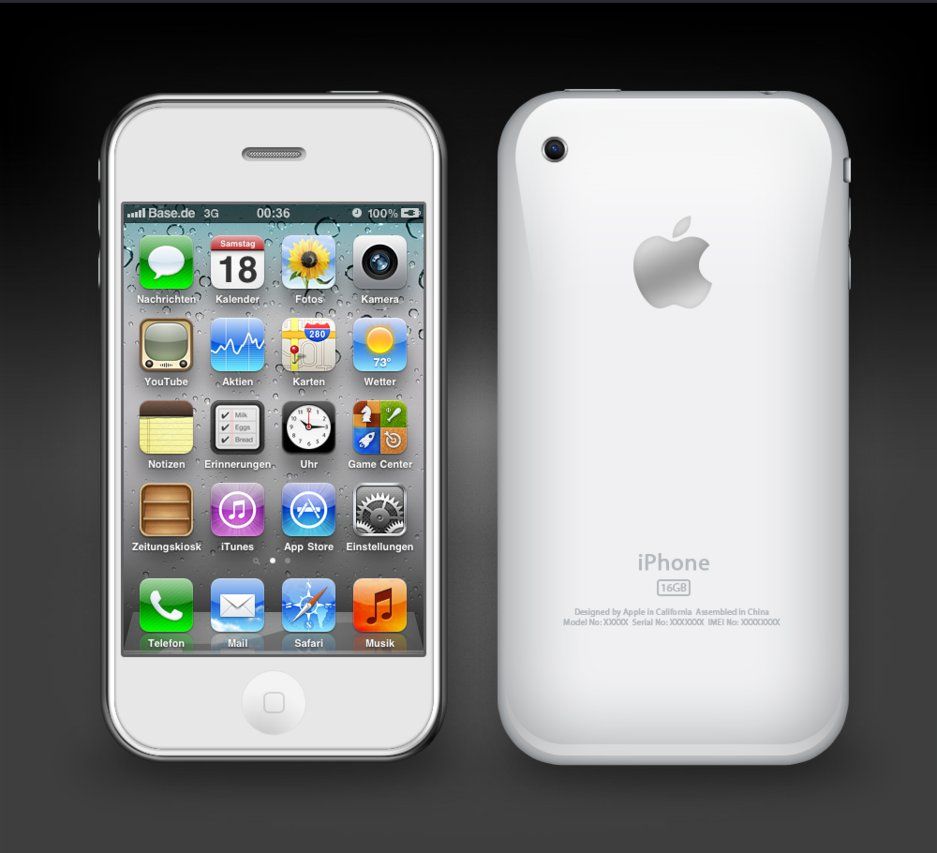
PHOTO: Apple handout
In a way, the statement is not untrue. The days of “low-hanging” feature improvements are past us.
In earlier times, every new release brought visible change. This can be in screen size, screen resolution, and/or a perceptible speed boost in general use.
For an idea of how dramatic those early-day improvements were, an iPhone 3G (with a 412MHz processor) running iOS 4 cannot support… multitasking. Yup, this smartphone cannot have more than one app open at once after a new OS update.
The 3GS (with a 600MHz processor) released a year later coped fine with this exceptional demand on capability.
Screen size-wise, while the Samsung Galaxy S2 carried a 4.3-inches screen, the Galaxy S3 upped that to 4.7-inches. The Galaxy S4 extended the panel to 5.0-inches.
Such easy 10 per cent gains cannot be replicated beyond the high 5-inches, in the absence of a commensurate biological evolution of the human palm.
As we exhaust easy feature drops, the growth in use cases did not match the increment in hardware capabilities. The difference between Quad HD and 4K screens, and/or generational improvements between the main camera modules in daytime are barely noticeable, unless if you pixel peep them, side-by-side.
That is why I empathise with those who do not change devices, or get a good mid-range phone. Why pay upwards of thousands of dollars, when a device less than half the price will bang out a WhatsApp message with Facebook running in the background just fine?
Still, while perceivable, necessary innovation has slowed, we at Techgoondu are optimists, and see three possible “leaps” in smartphone technology that will (hopefully) bring us the familiar rush from witnessing the technological gains made in the heyday.
Commoditising the foldable phone
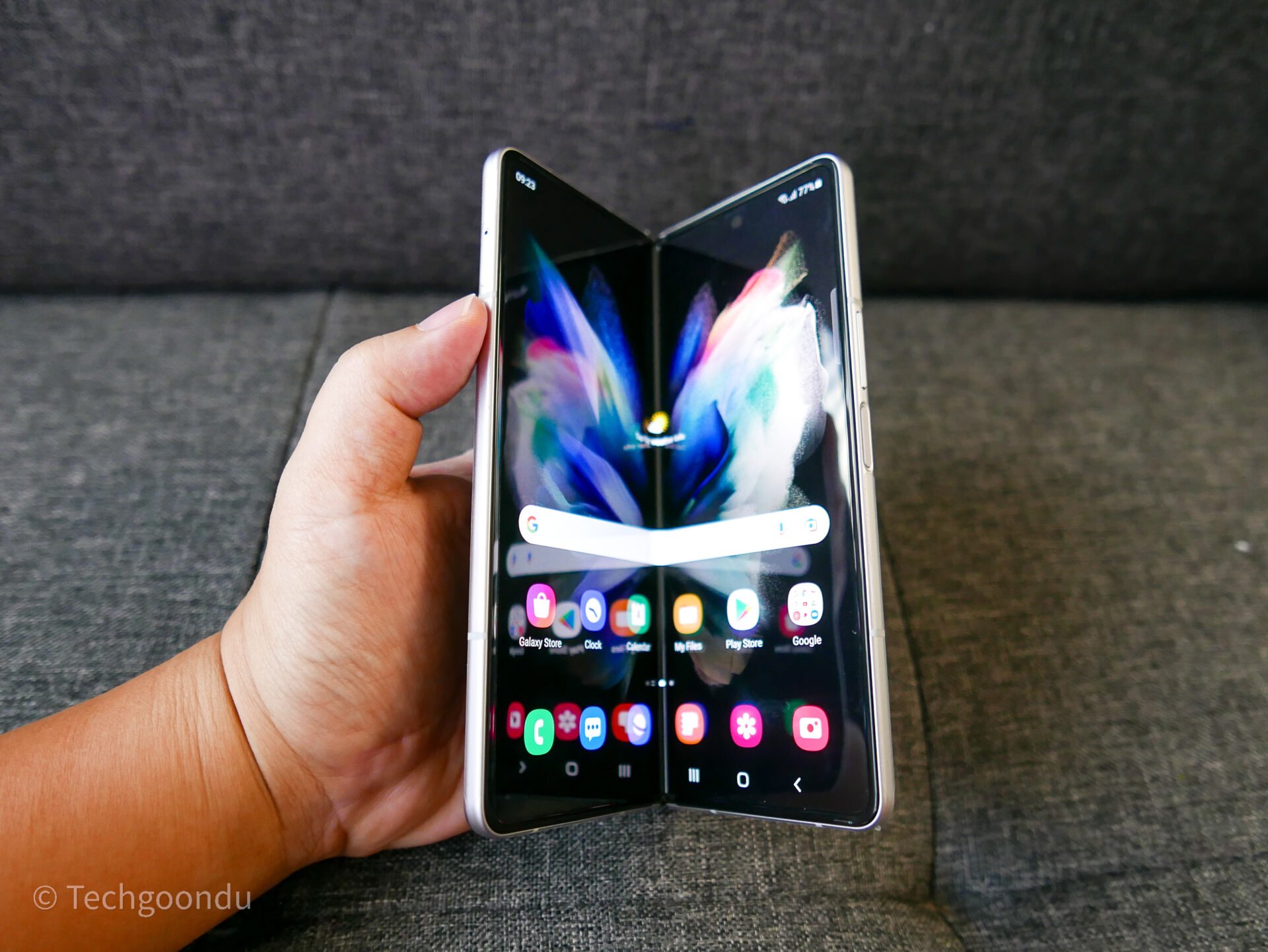
Galaxy Z Fold 3. PHOTO: Alfred Siew
We probably cannot make flat screens any larger without losing pocketability and handability, but what if we fold the screen into two so it takes up half the space?
The science behind folding glass is deceptively simple. Any material made thin enough can be bent. Yes, including glass. Of course, the durability of said material do not require as much imagination as what went into creating it – Early panels were scratch prone.
The first Samsung Galaxy Z Fold came with a protective film pre-applied on its screen. The plastic wrap over the device as one took it out of the packaging specifically warned users not to remove the film, or risk damage. That risk was not low, as multiple reports of screen damage were indeed reported.
In a sign that innovation has not slowed down, however, great strides were made in a piece of technology that has seen commercial deployment in its given use case at scale only two years ago.
I tried a Galaxy Z Fold 3 recently. While the screen film still cannot be removed, it felt like a good, durable screen protector, and was much less flimsy when compared to earlier Folds. The internal screen has survived drop tests (not by me), and the device is IPX8 water resistant (not dust resistant, though).
Even the (in)famous “crease” on the inner screen was barely visible when I used the phone upfront (which is, really, how you use a device). I am surprised how well the product came together in real life.
Given the speed at which improvements to panel technologies are unfolding (pardon the pun), even this may soon cease to cause a wrinkle (pardon the pun again).
What gives me hope that the technology will mature is that Samsung is not the only player in town. Huawei has its entrant, Motorola too, and Oppo is the latest competitor to enter the fray. Apple has also been said to have a foldable phone in the works since time immemorial.
I look forward to the day when most smartphones carry a 20:9 or 19:9 screen on the outside (the external screen on the Z Fold 3 is too narrow), which opens up to a comfortable 8-inch tablet after.
I also look forward to makers experimenting with foldable form factors. The recent clamshell designs look set to be popular with those whose sartorial choices limit the size and depth of their pockets and bags.
In fact, my next challenge to the manufacturers will be to create less fragile foldable devices, and normalise an economy of protective solutions as common as that for slab-shaped smart devices.
Samsung has a custom case, but it will be nice for things to be mainstream so there are more aftermarket options trying to solve this problem together.
Lose that notch
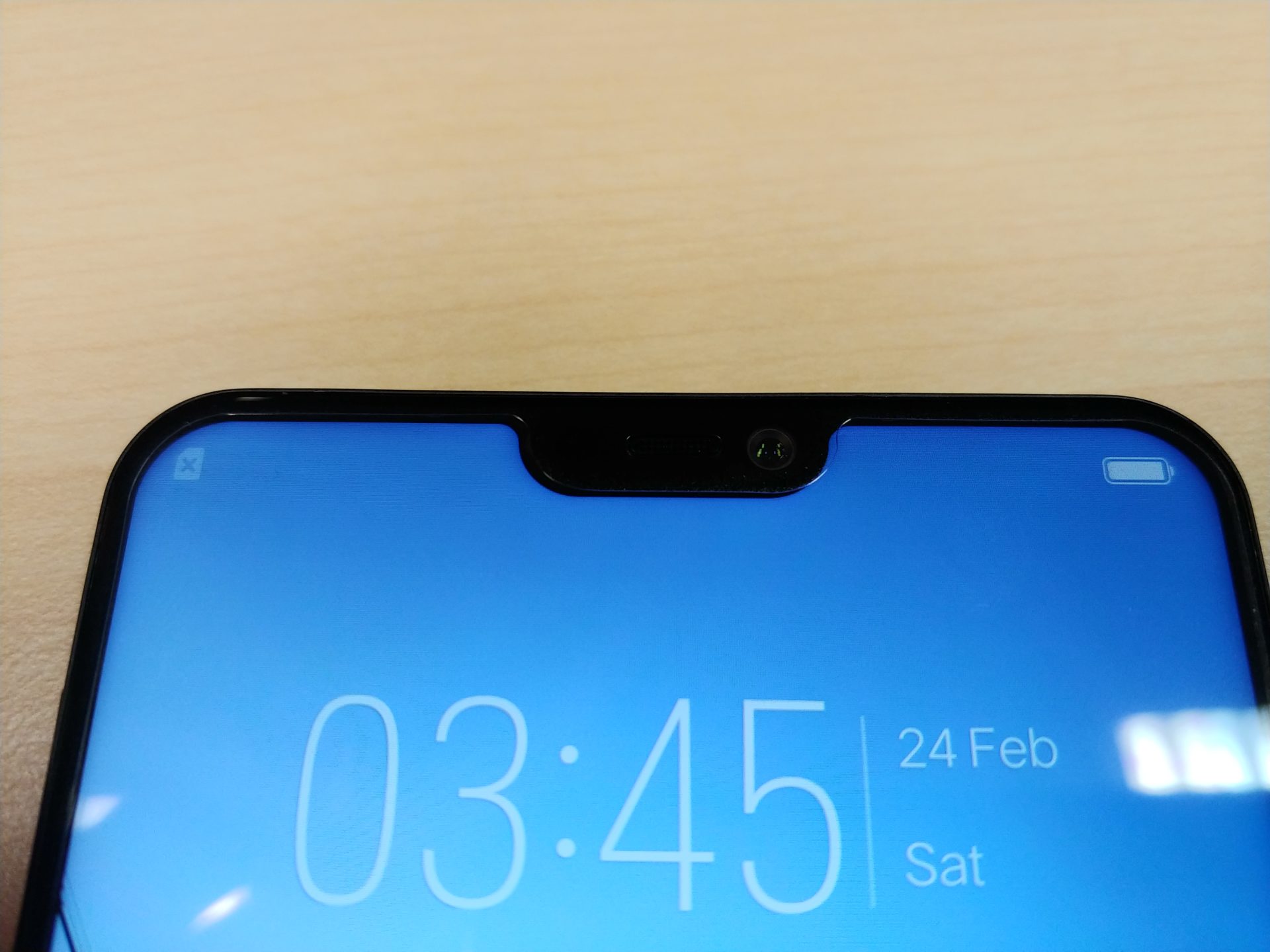
The dreaded notch on the Vivo V9. From 2018. PHOTO: Alfred Siew
This is not quite as groundbreaking compared to folding displays, but it is time we got rid of a niggling by-product of smartphone development in the late-2010s.
As makers chased ever thinner bezels upon realising they could no longer expand device sizes by a tenth endlessly, Apple led (as can sometimes be the case in the smartphone world) the arguably controversial drive towards carving screen space out of the top height of the device.
It did so by pushing the screen to envelope the front camera, speakerphone, and in Apple’s case, the facial recognition sensors, from the sides.
Over time, Android device manufacturers adopted the playbook, and have mostly landed on a pinhole for the front-facing camera.
The general solution to losing the notch is to obscure the front camera with a display screen on top, whilst still allowing sufficient light through so said camera can do its job. After all, a camera basically works by letting in, and processing light.
There are various ways to do this. Earliest attempts reduced the density of the display above to jarring results. While you cannot see the camera module, it is camouflaged by the equivalent of a graphical artifact from a compressed MPEG-4 music video dead centre on the top of your screen.
Again, iterations came quick, and the more elegant solution is to maintain the density of the screen so it is uniform with the rest of the display, but opt for a series of much smaller pixels where the camera is so light can get through.
While the display looked much better, quality from the image captured remains compromised by virtue of it capturing less light. Given the front cameras are usually less sophisticated than those in the rear, algorithms to improve the processing of light, and/or more creative solutions to let light in, will continue to be key.
It may also be possible for manufacturers to position the under-display camera for more natural video conferences, by positioning it closer to the middle of the screen.
The notch is now the last barrier to enabling a truly bezel-less display.
Truth is, notches (or pinholes) are typically barely obtrusive in actual use, but it is psychologically distracting in the conceptualisation of a smart device. I will love to see what amounts to a cosmetic imperfection go, precisely because it has been such a challenge to do so without affecting functionality.
What range anxiety? Multi-day battery life please
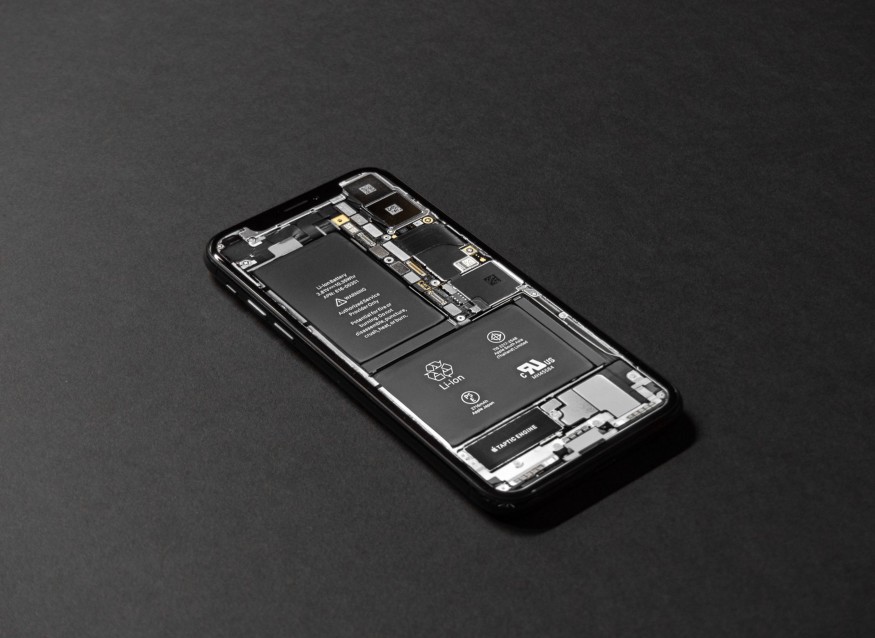
PHOTO: Tyler Lastovich from Pexels
This last point is a tad science-cy, but is so, so important in making our smart devices true multi-day lifestyle companions like in the days before the advent of touchscreen phones.
Just imagine a good evening out without the pall of battery anxiety at 10pm (or earlier!), worse when you have no access to a power source to charge your device earlier. Sounds familiar but foregone?
It has often been said that battery technology developments have lagged smartphone development. Gains in lithium battery capacities (the most common form of battery in use within smartphones today) are nary half a per cent throughout much of 2010s, compared to the seven per cent growths in the 2000s.
In fact, most of the internal space of any smartphone today is occupied by the battery, so much so plus-sized phablets generally have better battery life simply by virtue of it being able to accommodate a larger physical cell.
Every lithium battery has a cathode (positive) and anode (negative) end, with a separator and electrolyte sitting between the two. During charging, lithium ions and electrons accumulate in the anode. To discharge, lithium electrons flow through the circuit and lithium ions through the separator, reuniting as they both settle back into the cathode.
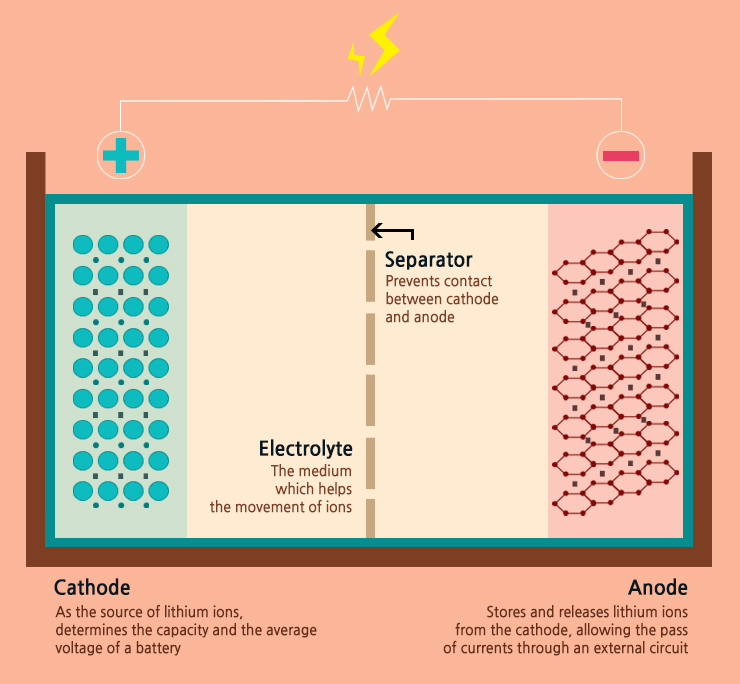
PHOTO: Samsung website
Battery makers have reduced the thickness of the separator material, to maximise the weight and volume of the battery. These talented scientists have also been optimising the chemistry of the lithium battery, to improve its ability to carry a charge.
A wide variety of oxide mixes on the cathode has contributed to gains over the years, but the main limitation was on the anode.
On the anode, scientists have attempted to inject a little more silicone in the graphite mix – the mainstay in the anode for safety and stability reasons. Silicone is preferred for its capacity to carry more lithium per unit volume as compared to graphite, and scientists have been slowly increasing its concentration to see how it reacts.
A particular company has even created a nano-composite material to limit the swelling and shrinking associated with silicone picking up and losing lithium ions, increasing capacity by at least 20 per cent.
Beyond lithium ions, solid state batteries replaces the liquid electrolyte with a solid. They are great because solid electrons acts as a separator and do not degrade over use. The former allows more internal battery space to be occupied by charge-carrying lithium, thus nearly doubling the capacity of the battery in the same form factor in some cases.
Graphene batteries also signpost the next possible turn. The lithium in the battery is coated with a layer of graphene, offering 50 per cent more runtime than an equivalent lithium-ion battery by virtue of its increased conductivity. And it does so with less physical expansion and contraction activity on the anode, improving longevity.
Developments on solid electrolytes and graphene mix remains nascent. The perfect electrolyte material with ideal ionic properties, and/or optimised graphene composite nanomaterials that can be produced at high yields are a work in progress.
Still, prices will come down as demand for better batteries for smart devices, and an increasing plethora of heavier duty electric use cases in cars and mobility devices drive research and economies of scale.
It has been proven throughout this article that early technology iteration can be prompt when it is need-driven. Smartphone manufacturers are simply looking for the cheapest battery that provide maximum mileage, and it should be no surprise to see battery investments elsewhere trickle down to smart devices in no time.
Conclusion
So here we go, three areas of smartphone development where we think progress has been slow relative to changes in screen resolution and processor clock speeds, but will make a perceptible difference to usage beyond pixel peeping and benchmark charts.
We will be happy to hear of any other game changers you have in mind, and discuss any we brought up in the comments section below.






